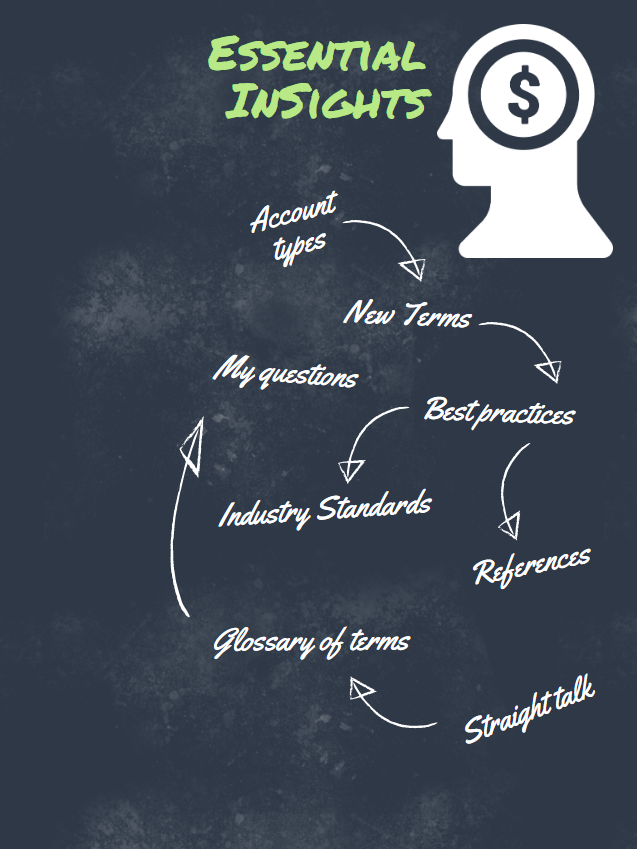Simple without being simplistic
Annual Contribution Max: $13,500
Why we like SIMPLE IRA’s:
- They are easy to set up and require little to no fiduciary oversight
- Employee’s can direct the assets with total control
- Low contribution limits {Total elective contribution = $13,500 (2020)}
- Works well at a startup, or low revenue business
- The commitment is predetermined (Employer contracts with employee to have salary reduction)
- Earnings grow tax deferred on all contributions
- Not required to meet all of the nondiscrimination rules applicable to qualified plans and don’t have the burden of annual filing requirements
- Employer deposits match on regular basis tax deferred without payroll tax
- Employee elective deferrals are not subject to income tax but are subject to payroll tax
Why we don’t like SIMPLE IRA’s:
- They have low contribution limits
- They match a small percent of the income
- Employer cannot have more than 100 employees
- Employees who earned $5,000 during any two preceding years OR are expected to earn $5,000 during the current calendar year qualify
- 100% vesting in all contributions and earnings
- Employer is required to make either matching contributions to those employees who make elective deferrals or, alternatively, to make non-elective contributions to all eligible employees
Simple IRA’s are available for employees who want to be very hands off but still provide a benefit to employees. The employer has two options, match contributions or make non-elective contributions to employees. If matching is selected, the employer is generally required to match the employee’s deferral contributions on a dollar-for-dollar matching basis up to three percent of the compensation of the employee (without regard to covered compensation limit) for the entire calendar year. Alternatively, instead of matching the employees contributions, the employer can make non-elective contributions of at least 2% of each eligible employee’s compensation (up to the covered compensation limit of $280,000 for 2019) . The employee can then choose to make additional contributions as well. If the employer makes the contribution, it must make non-elective contributions whether or not the employee chooses to make salary reduction contributions.
If the employer chooses a 2% contribution, it must notify the employees within a reasonable period before the 60-day election period for the calendar year. These plans are generally simple to set up, but the larger the company grows and the more the company wants to raise the contribution amounts these plans become less effective.

